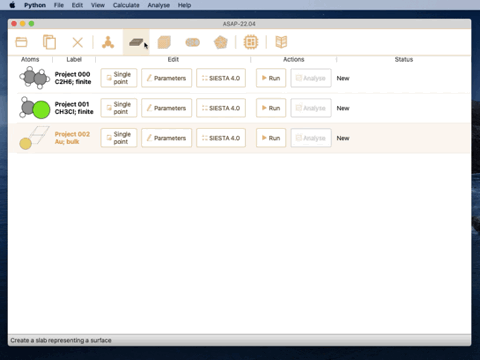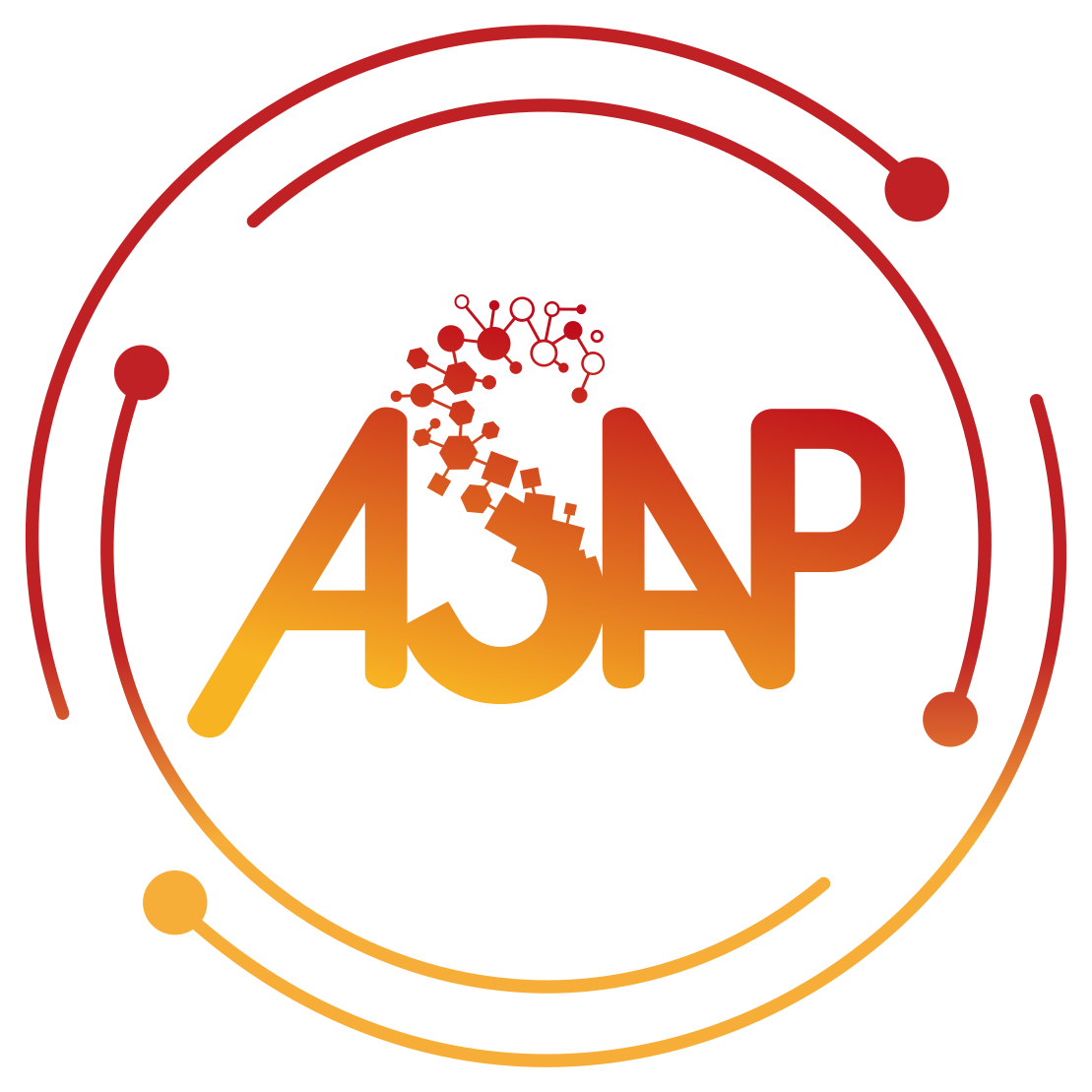Check the new
ASAP user online manual
Visit our
Youtube channel to see ASAP demos
ASAP (Atomistic Simulation Advanced Platform) is a platform for materials modelling using ab initio methods.
ASAP is devoted to creation, steering and analysis of atomistic calculations. It includes powerful structure builder, several algorithmic workflows, local and remote calculations control, and comprehensive tools for results analysis.
View all the features available in our product lineup: ASAP Pro HTEP, ASAP Pro and ASAP Pro TS
Academic license (Prices applicable only for European licenses)
ASAP Pro HTEP |
ASAP Pro |
ASAP Pro TS |
|
|---|---|---|---|
Annual* |
580 € |
2,130 € |
3,000 € |
Perpetual** |
1,450 € |
5,325 € |
7,500 € |
* It includes maintenance1 and standard technical support2 for the duration of the license.
** It includes maintenance1 and standard technical support2 for the first year. Starting from the second year, maintenance and support are provided upon a yearly fee of 750 Euros.
1 Maintenance includes software updates and bugfix.
2 Standard technical support (8 hours/year for the academia) provides help to solve technical problems with ASAP software and basic SIESTA support. Standard technical support does not include training in the use of the ab-initio DFT method SIESTA and consultancy for material design. Extra support, including specific training of the use of SIESTA and consultancy services, can be purchased separately.
Contact us at asap@simuneatomistics.com.

Structure builder
ASAP structure builder is a powerful instrument to construct, visualise and manipulate studied systems.
Workflows
ASAP workflows are designed to guide the user to perform complex tasks.

Request a trial version of ASAP.
Analysis tools and Features:
Electronics properties:
Thermodynamics properties:
Geometry evolution:
Chemical reactions:
Phonons and vibrations:
Molecular Dynamics (MD) algorithms:
Analysis of MD results as time series:
Electronic transport:
ASAP questionnaire
Have you experienced running atomistic simulations with ASAP? We would appreciate your feedback. Please feel free to give us your evalution – we welcome all constructive feedback, and we will do our best to improve performance.
How to cite or acknowledge the use of ASAP?
If you are preparing an article using ASAP, please include the following acknowledgment in your manuscript:
“These studies were performed using some results obtained with the ASAP-XXXX.YY (Atomistic Simulation Advanced Platform), F. Marchesin, P. Koval,Y. Pouillon, I. Lebedeva, A. García, M. García-Mota, A. Kimmel “Atomistic Simulation Advanced Platform (ASAP) for materials modelling with ab initio methods”, Psi-k conference 2022, Lausanne (Switzerland), abstract book.”
Here XXXX.YY is the version number, for example, ASAP-2022.3.





